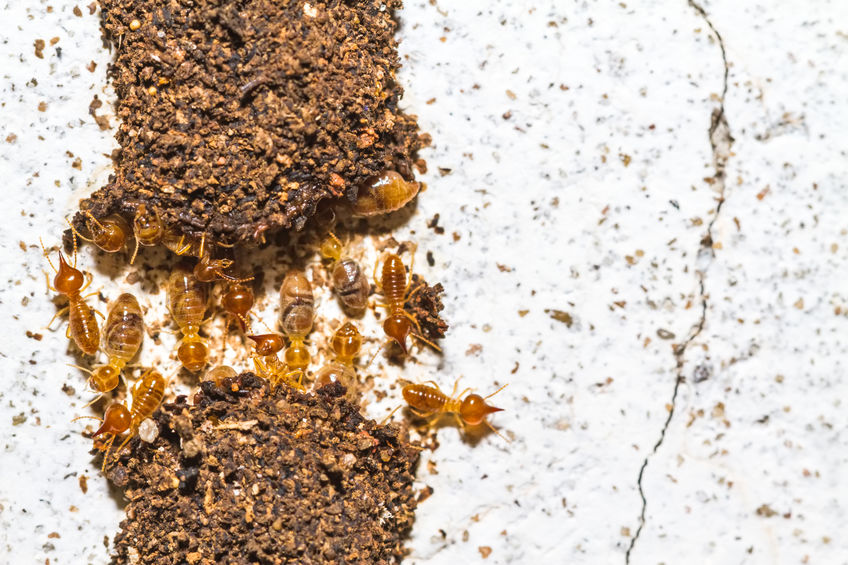The phylum Arthropoda is made up of invertebrate organisms that possess segmented bodies contained within an exoskeleton. This includes insects, arachnids, millipedes, centipedes, and crustaceans. Arthropods were the first complex organisms to successfully convert from a marine habitat to a terrestrial habitat hundreds of millions of years ago. Today, arthropods account for 84 percent of all species believed to exist on earth, and all arthropods play an essential role in maintaining ecosystem balance, with the possible exception of domestic pests like German cockroaches and bed bugs. While termites are the most destructive and economically costly pests of structural wood, they are one of the most ecologically important insect groups in forested areas throughout the world.
Around 3,000 termite species have been documented worldwide, 183 of which are known to attack structural wood in homes and buildings, and 83 species cause substantial structural damages that sometimes lead to structural failures. In the US, the annual economic loss resulting from termite structural damage was estimated to be a whopping 11 billion dollars according to a study dating from 2002. The three types of termite pests found in the US include subterranean, dampwood, and drywood termites, and the majority of termite-related structural damages in the country are inflicted by subterranean termite pests. The eastern subterranean termite is the most widely distributed termite pest in the US, as their habitat covers all eastern states and most western states. This species is native to forested regions in North America where they provide an ecologically important service by breaking down fibrous plant matter, such as rotting logs, fallen branches, and dead roots.
Like all subterranean termite species, eastern subterranean termites live in highly populated colonies below the ground, and colonies are particularly abundant in Massachusetts due to the state’s substantial forestland. The eastern subterranean termite is the only termite pest species found in Massachusetts, but the termite infestation rate is relatively high in the state. However, the majority of homes that become infested with eastern subterranean termites are those that have not been treated to prevent subterranean termite invasions. Prevention is the only reliable method of subterranean termite control, especially in states rich in forestland. While termiticide barrier treatments around the perimeter of homes will provide lasting protection from termite attacks, several low-toxicity baiting systems are also available for homeowners. In any case, the US Department of Agriculture strongly urges Massachusetts homeowners to have their property professionally inspected for termite pests once per year.
How often do you have your property inspected for termite pests?

